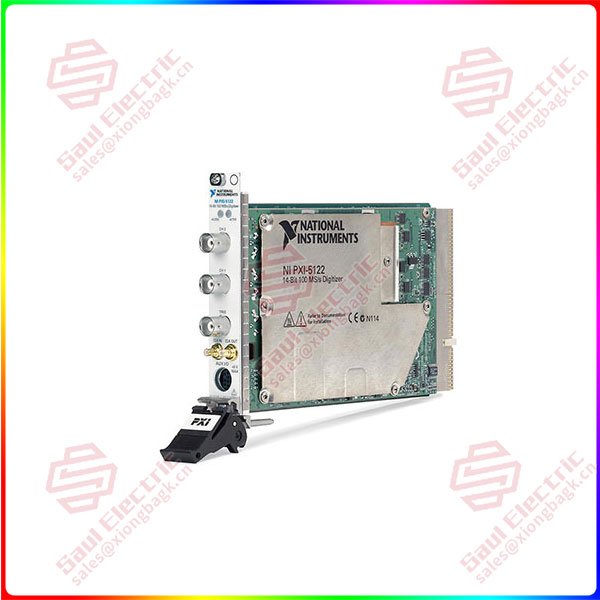Today’s automotive design is becoming increasingly complex, in order to improve comfort, improve performance and ensure higher safety, many vehicles are designed to incorporate more complex features. The number of sensors and imaging devices installed in cars is also increasing dramatically. This is not only happening in the luxury market, mid-range and even economy models are also adding extra features.
At the same time, other dynamics are changing the way car design is implemented. In order to reduce weight and extend the range of electric vehicles (EVs), the mechanical systems used in the past are being phased out and replaced by electronic drive-by-wire systems.
These two different trends will lead to the same inevitable result. The amount of data generated and transmitted by the average vehicle today is orders of magnitude greater than that of conventional cars in the past. In addition, it should be noted that as cars become more autonomous (and we begin to move toward fully driverless vehicles), the amount of data will only get bigger.
The data explosion and its implications
McKinsey, an analytics firm, estimates that the average vehicle now generates around 25GB of data per hour, but that’s just the beginning. The number of cameras installed inside and outside the car body continues to increase, and 3D imaging technologies such as Lidar, time-of-flight (ToF) and ultrasound will become a common feature in just a few years.
If automotive systems are to be fully prepared to cope with unprecedented data demands, supportive interconnect solutions need to evolve accordingly. In addition, the way such solutions are built and delivered to the market will also change fundamentally.

PXle-8133
Implement interconnect devices in automotive systems
For interconnect devices to function in challenging automotive environments and meet stringent international standards such as LV214 from the European Union and USCAR2 from the American Society of Automotive Engineers, multiple attributes are required. First, they need to be able to withstand shock and vibration, and second, to account for exposure to high temperatures. However, as the auto industry shifts from fuel vehicles to electric vehicles, this problem will gradually diminish.
The presence of electromagnetic interference (EMI) sources, if not addressed, may adversely affect the signal integrity of the transmitted data. In order to solve this problem, it is necessary to add a shielding device in the module. Over time, the appearance of tin whiskers can have a serious impact on the reliability of the interconnect, and there is a possibility of short circuits, which can lead to system failure.
In addition, the space constraints of vehicle design mean that automotive-grade interconnect devices must be extremely compact. This often requires high-density solutions. In some cases, these solutions may require a combination of power and data transmission.
Solve assembly problems
In addition to considering the performance and reliability of the interconnect devices themselves, tier-1 suppliers of electronic control units and sensor modules must also consider the impact of interconnect device integration on the production assembly process. If the installation of interconnects slows down the workflow by increasing the number of necessary steps, this will mean that output will suffer. For example, if the PCB needs to be rotated to change orientation, time will be wasted. In addition, if the assembly of connected devices requires human intervention (as opposed to full automation), the entire process will take longer (and the risk of error will be greatly increased).
In view of the above problems, the crimp interconnection technology is getting more and more attention. Crimp connections provide a reliable and simple connection. By using this technology, assembly work can be significantly more efficient and complex, labor-intensive and chaotic processes such as welding can be avoided.
Solderless connections offer another significant advantage. The solder paste is completely rigid and therefore prone to cracking when subjected to impact or vibration, while the crimped connection has a greater tolerance. As a result, modules with crimped connections have a longer service life than modules with welded pins.
Interplex’s crimps connections are now widely used in automotive systems and are recognized by many Tier 1 suppliers. Ranging in thickness from 0.4 mm to 0.8 mm, they provide continuous and reliable operation and are easy to assemble. In addition to mechanical robustness, they have strong retention and industry-leading thermal characteristics.
With its patented IndiCoat electroplating technology for crimped Interplex, Interplex was able to overcome tin whiskers, a challenge for other connector suppliers. Based on this, the quality of the final product can be guaranteed for a long time.
 1 Year Warranty
1 Year Warranty





